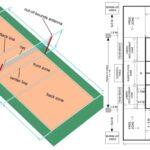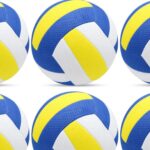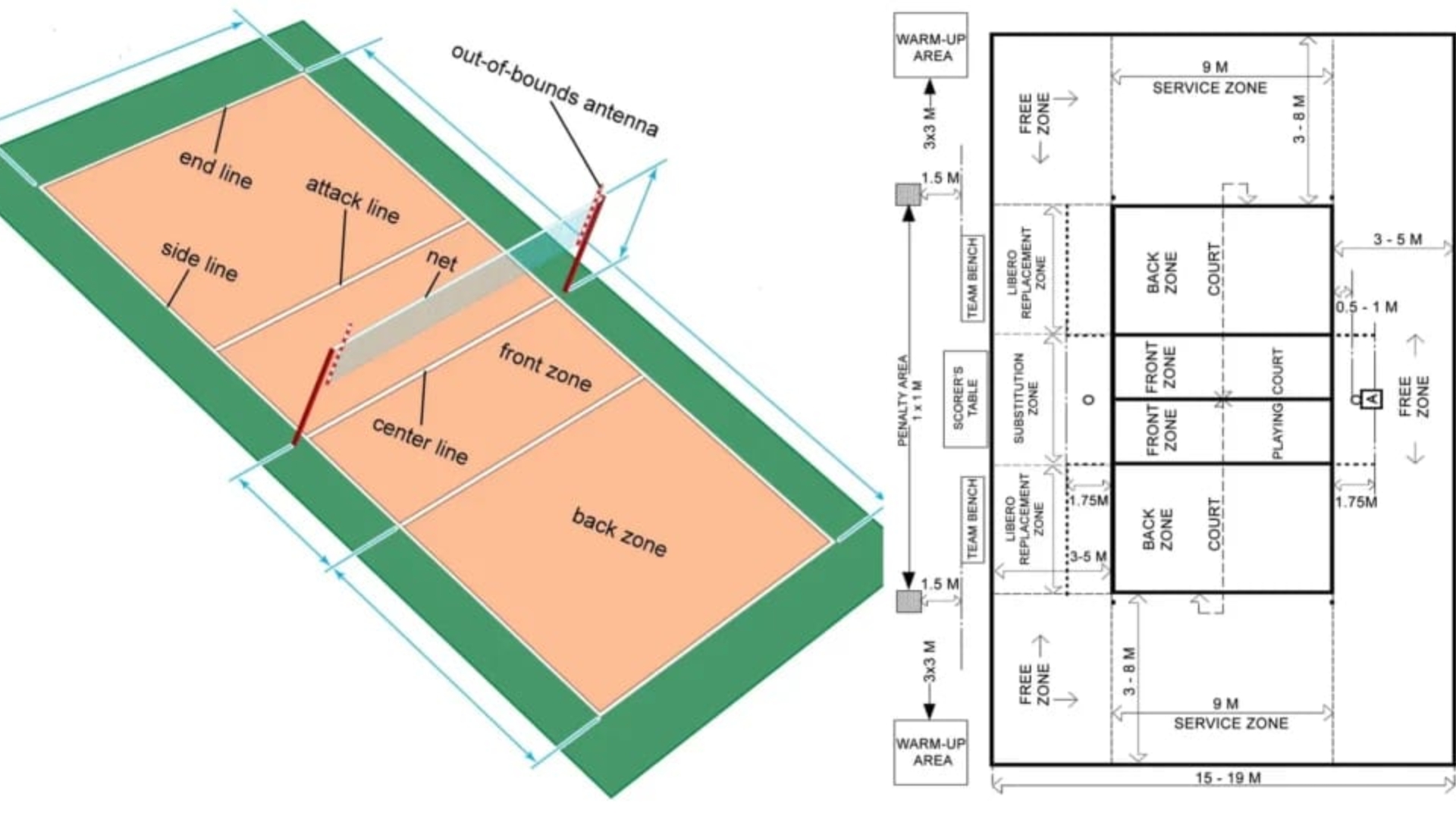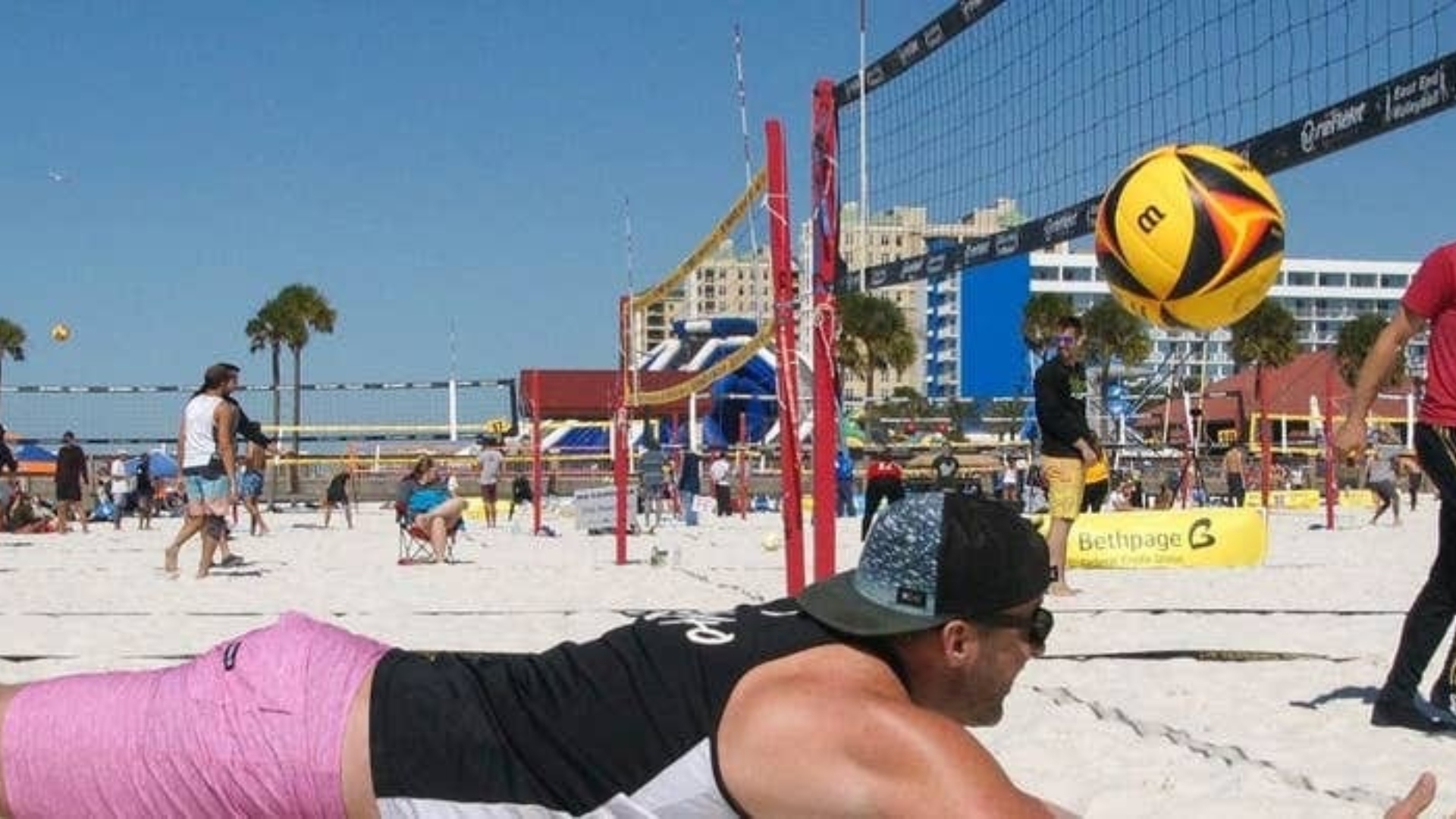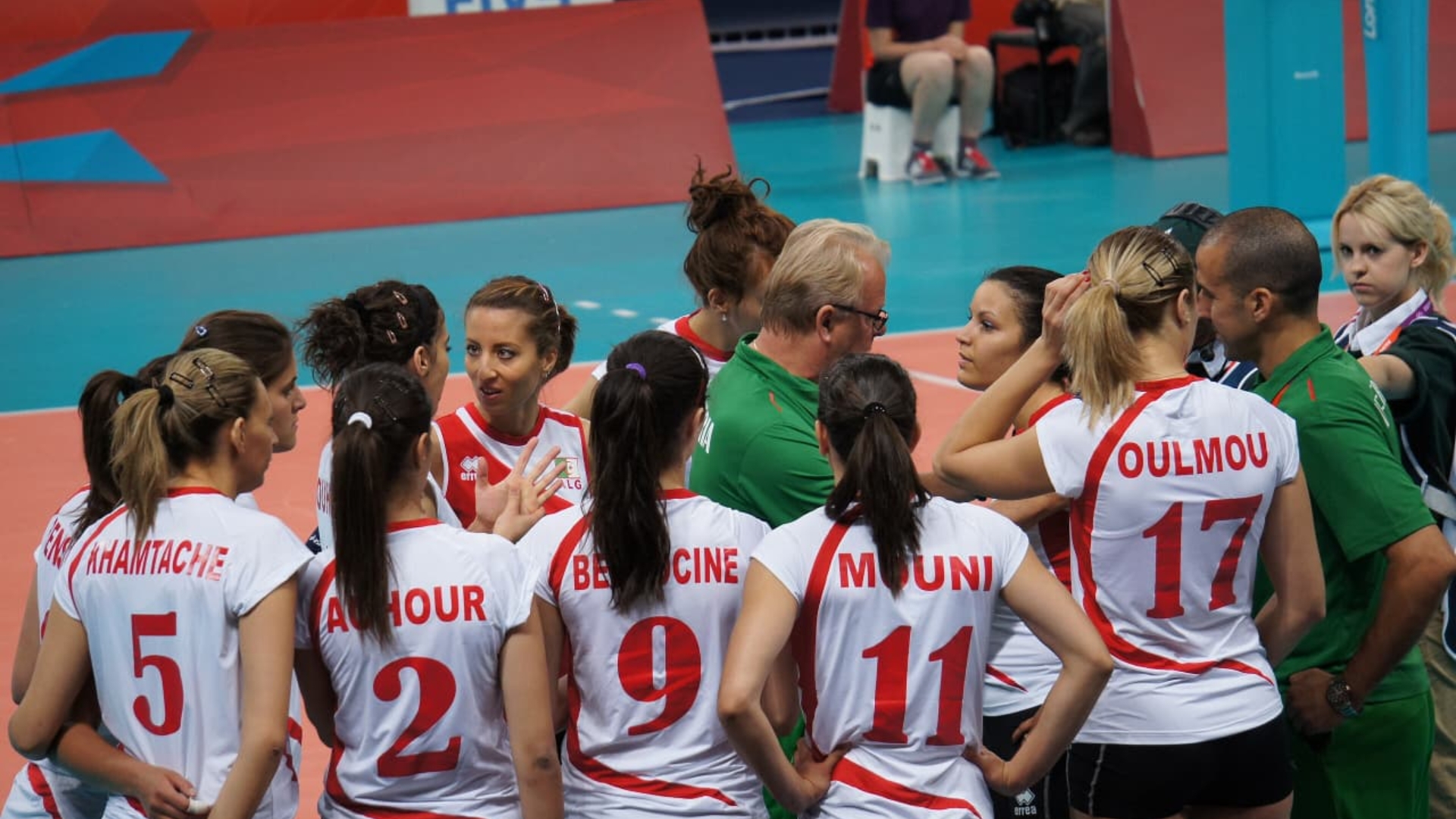Sand volleyball is a rapid sport. Its court implements specific measurements on fair play. These aspects include the dimensions of the playing field, lines, and the net. This layout is crucial for understanding for all the people involved.
Next, we explore expert views. Sand Volleyball Court dimensions are confirmed to be the best at maximizing the game. According to analysts, the smaller court raises rally speed. Therefore, the research conducted in the past draws attention to the increased safety of players and the dynamic style of play, brought by particular measurements. Thus, this design is an outcome of the thorough consideration of the two-player format.
Lastly, the court is a silent actor. It also determines the flow of the game. Therefore, the action is determined by the tiniest grain of sand and the tiniest inch of space. Thus, this is not merely a field to play. It is the very core of the sport.
Official Court Size and Layout
A sand volleyball court has a particular size. These tests will guarantee equal competition at all ranks. Therefore, they are established by the International Volleyball Federation (FIVB). These are the regulations of professional and Olympic competitions.
The Playing Area
An average volleyball court on the beach is a rectangle. It measures 16 meters in length. That is 52 feet and 6 inches. Therefore, the court’s width is 8 meters. Therefore, this equals 26 feet and 3 inches. This is split into two equal squares by the net. Thus, there is a square of 8 meters by 8 meters, which each team defends.
The size of this court is smaller than a volleyball court that is indoors. An 18-meter-long and 9-meter-wide indoor court exists. Therefore, the various team size is reflected in the smaller sand court. Beach volleyball involves two players in a team. Indoor volleyball has six. Therefore, the smaller size of the court explains the smaller number of players who cover the field. Thus, it develops a hurried, action-packed game.
The Free Zone
There is a critical area that surrounds the playing court. This is the free zone. It offers a secure environment in which players can move. Players are known to either run or jump out of the court to play the ball. The free zone should also be without any hindrances.
Under the FIVB rules, the free zone is supposed to be 5 to 6 meters on both the sidelines and baselines. This is about 16 to 20 feet. In the case of national contests, such as those being run by USA Volleyball (USAV), the minimum free zone is a little smaller. Therefore, the minimum size recommended by USAV is 3 meters or approximately 10 feet in every direction. Thus, the space provides the safety of the players in the case of sharp rallies.
Vertical clearance is another thing that is important thing. There should be no objects present in the space above the court. Objects such as tree branches or electrical fixtures on the ceiling may interrupt play. In the case of FIVB World Competitions, the height of the minimum clearance is 12.5 meters (41 feet). Thus, the SAV minimum height in its competitions is 7 meters (23 feet).

Understanding the Court Lines.
The boundaries are demarcated by lines on a sand volleyball court. Therefore, they play a vital role in playing them out or in. Beach volleyball courts just have fewer lines as opposed to indoor courts. Thus, this simplicity is in line with the simplicity of the game. Court lines are normally of strong webbing or rope. Thus, they are firmly fixed in the sand. Even the lines are regarded as a part of the court. In case a ball is landed on any of the boundary lines, then it is in play.
Sidelines and Baselines
The court has two sidelines that run on it. Therefore, they are 16 meters long. Thus, they outline the peripheral borders of the playing field. Therefore, the court is visited by two baselines. However, these are 8 meters long. Thus, they are the ones that are imprinted on the back of each side of the team. The rectangular playing court is a combination of the sidelines and baselines. Players will also have to serve behind the baseline.
The Absence of an Attack Line
One of the main distinctions between indoor and sand volleyball is the attack line. The net of the indoor courts is 3 meters away. The line limits the attacking of the ball by the back-row players.
There is no attack line in beach volleyball courts. In two games only, there is neither a front nor a back row. On either side of the court, the ball can be attacked by the two players at any point. Therefore, this regulation opens offensive tactics. It enables greater creativity in the movement of the players and attacks.
The Net and Its Specifications.
The main feature of the court is the net. It separates the two sides and implies a significant challenge. Strict regulation of net height and net dimensions. This guarantees that there is uniform competition.
Net Height Regulations
The net height in the male competition and female competition is different. This explains the average physical differences between members of the sex. In the case of men’s volleyball at the beach, the net height is 2.43 meters. This is approximately 8 feet. In the competition between women, the net is lower. It is 2.24 meters in height. This is about 7 feet and 4 inches.
These heights are taken off the center of the playing court. The height of the two ends of the net must be equal. It must not surpass the official height by more than 2 centimeters.
Net Dimensions
The net itself is of standard size. The official net of beach volleyball is 8.5 meters wide. This is a width that enables it to stretch a little bit over the sidelines. The net has a height of 1 meter from the top to the bottom. It consists of a square structure, which is normally 10 centimeters x 10 centimeters. Horizontal bands are used to complete the top and bottom of the net. These belts are commonly white, and the cable or rope that tensions the net is contained in them.
Poles and Antennae
It is supported by two poles of the net. These poles are located outside the field. They are located equally apart in terms of their distance from the sideline. The average distance is 0.7 to 1 meters around the line. Even the poles are stuffed. This cushioning guards against those players who may hit them.
The net is fitted with antennae. They are adjustable poles that are put on both sides of the net directly over the sidelines. Each antenna is 1.8 meters long. It stretches 80 centimeters above the net top. The lateral limits of the crossing space are marked by the antennae. A ball that passes over the net has to go through the two antennae. When the ball comes in contact with an antenna or passes above it, then the ball is considered out of bounds.
The Playing Surface: The Sand
Sand is a characteristic attribute of the sport itself. The quality and depth of the sand matter. These impact on the safety of the players and their playing style. There are official rules for the type of sand to be used. It should be smooth and without stones, shells, or any debris. This avoids player injuries in case they jump to get the ball. Sand cannot be too coarse to abrasive to the skin. Neither should it be fine enough to produce dust.
The sand is also controlled in depth. FIVB suggests that the sand be at least 40 centimeters. This is about 16 inches. Deep sands create a cushioning landing area. It cushions the blow and minimizes the chances of injury. The correct depth of the sand is essential for the quality and safety of the playing field.
Conclusion
Sand volleyball court dimensions are not merely a series of lines and measurements. It is a blank upon which sports art is displayed. All the dimensions, the width of 8 meters to the net height of 2.43 meters, are all functional. These requirements present a challenge of their own. They make players build miraculous skills and synergy. The lower court requires the two partners to be in constant communication. The deep sand is a test of stamina and explosion. There is a lack of an attack line, which is the freedom to attack. The design of the court is not a mere technicality; it is the silent creator of the beautiful game we are watching. It forms each of the dives, each spike, every victory. It transforms an ordinary square of sand into a platform of human possibilities.




